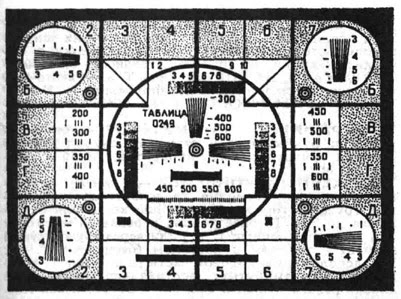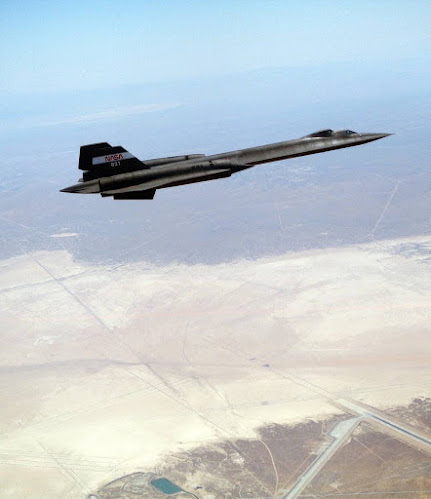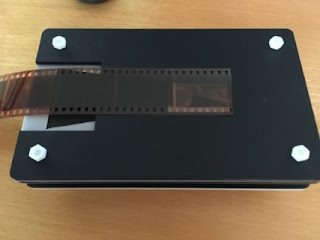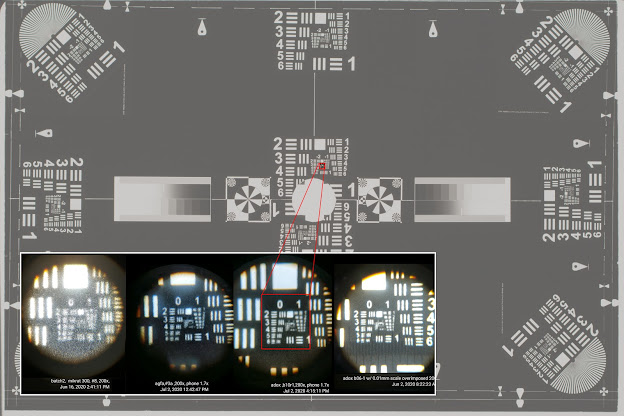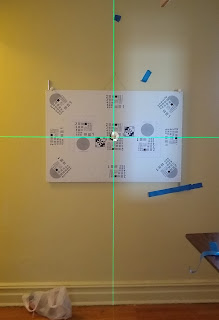For your cook-book. New Year recipe for Film Digitizers

The countdown to New Year’s has started, and speaking of countdowns… there’s only one easy way to cook... mm to scan all your film before you pop your champagne open! Here is the recipe and some pictures. INGREDIENTS 1 DSLR camera (can be be substituted with mirrorless) 1 Macro Lens - Sigma 70 mm Art DG is recommended 1 Benro Geared Head 1 Lens coral 1 "Pixl-latr film holder" 1 6x6 cm glass mirror 1 Flashlight with an extension cable 1 tripod with geared central column 1 remote control or tethering cable 1 (optioanal) camera battery powered from USB source 10 SD cards 3 frames "Vlads Test Target" 0.5 yard of masking tape 1 bottle of Champagne Madame Clicquot - can be substituted with 2L bottle of Coke or Pepsi Preparation time: 15 minutes Scanning time: from 12 am Jan 1 till no film to digitize left. INSTRUCTIONS For the holder: Assemble Pixl-latr film holder as shown, install legs and diffuser. Affix Pixl-latr film holder with the masking tape to the large piece of...

